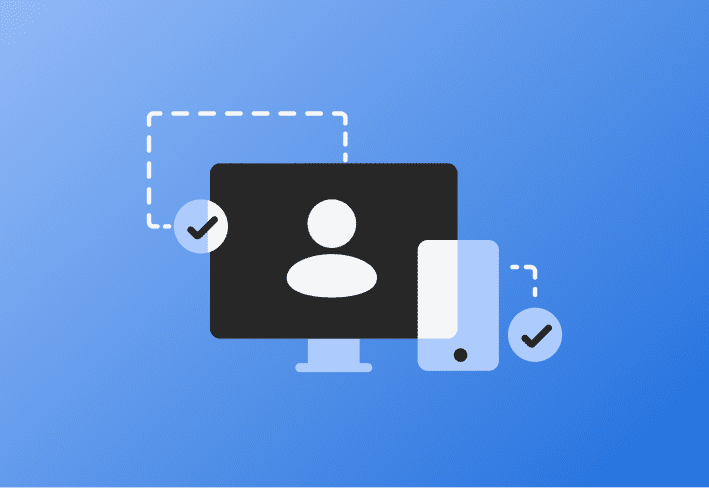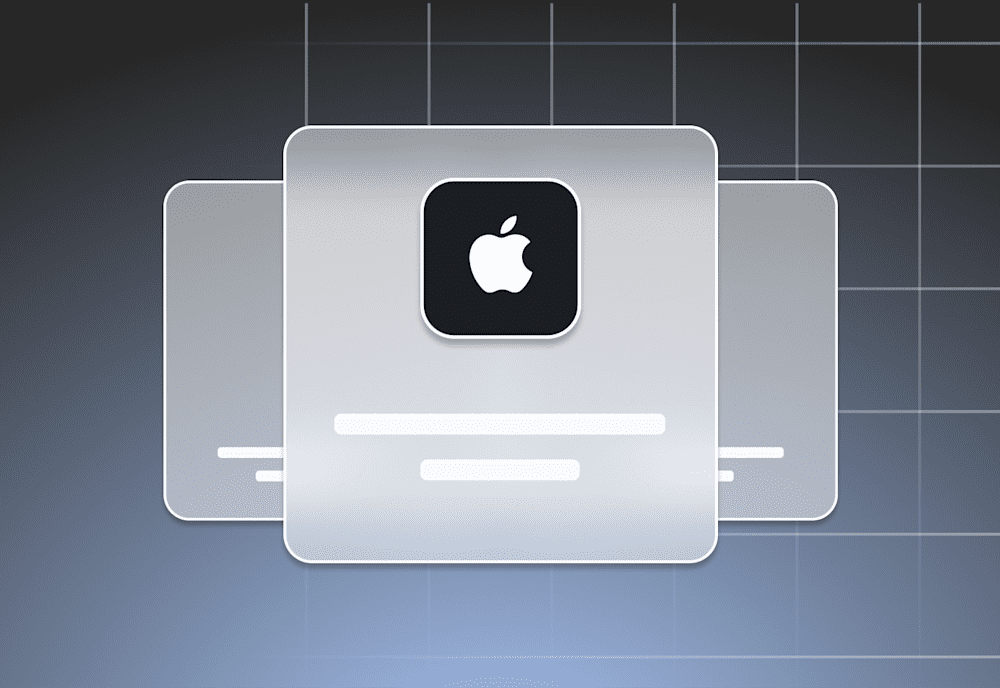As someone who spent seven years of her career in the gears of Apple, I’ve seen up close how deeply Apple bakes privacy into its ecosystem. From the bank vault that is Secure Enclave to Apple Silicon, the company has consistently put hardware and software muscle behind its privacy promises.
So when Apple introduced Private Cloud Compute (PCC) at WWDC24 to power Apple Intelligence, I was intrigued as a consumer. But enterprise is a different story. Enterprise security runs on proof, not passion. It demands verifiable controls, clear data boundaries, and a solid compliance paper trail. So how secure is Private Cloud Compute in an enterprise environment?
Private Cloud Compute in a nutshell
Private Cloud Compute is Apple’s new cloud-based infrastructure for serving generative AI models. It powers Apple Intelligence features like Writing Tools, Genmoji, and notification summaries across iOS, iPadOS, and macOS.
These features are designed to run on-device by default, powered by a ~3-billion-parameter model optimized for Apple Silicon. When tasks exceed local processing capabilities, they are securely offloaded to a larger server-based model via Private Cloud Compute (PCC), balancing performance with privacy. Think of it as ChatGPT-style capabilities, but processed either locally or on Apple’s custom-built, tightly controlled hardware.
The hardware is custom. The servers run on Apple Silicon, including the same Secure Enclave architecture found in iPhones. Your data is encrypted in transit and processed ephemerally (in memory only). There’s no persistent storage, profiling, or logging, so there’s no trail of user activity to exploit or subpoena. This means a reduced forensic attack surface for regulated data.
And most importantly: there is no backdoor.
We’ve seen similar examples of Apple’s privacy stance before when it refused government access (see the San Bernardino case), and they’ve doubled down on that principle with PCC. Even Apple doesn’t have access to what’s happening on the servers. They removed admin access entirely by removing SSH, remote shells, and debug tools from PCC nodes.
(Note: Apple Intelligence interfaces with third-party AI like OpenAI, but data sent externally is not covered by PCC’s privacy guarantees. That’s a separate discussion.)
But can you test it?
Sort of. Apple uses what it calls verifiable transparency. They publish cryptographically signed binaries, but not the full source code. You can inspect what runs, but not how it was built.
If you want to poke around PCC yourself, Apple provides a Virtual Research Environment (VRE). It’s a replica that runs locally, giving researchers and admins a hands-on way to understand how PCC operates.
To set it up, you'll need a newer Apple Silicon Mac running macOS Sequoia (15.1 or later) and at least 16 GB of unified memory. You'll need to enable "research mode" by booting to your Mac's recovery settings. Once ready, you can start a VRE instance, which boots up a stripped-down AI model that responds to text prompts. Since it's untrained and unfiltered, its outputs are unpredictable.
This tool is purely for testing and research, and you can shut it down anytime with a simple command. It’s like a peek under the hood of Apple's AI.
Where does the data go?
Here’s the tricky part: Apple has explicitly decided not to disclose the physical location of PCC nodes. That’s by design, to maintain non-targetability. But this creates a real problem for enterprise compliance.
Data Residency Uncertainty
Apple won’t confirm what country your data touches.
For organizations governed by laws like GDPR, that’s a red flag.
It's privacy through obfuscation, and while that may work for individual users, it’s a major blind spot for businesses with strict regulatory requirements.
Trust, but verify
So... who watches the watchers?
Apple has removed internal admin tools from PCC servers. That’s a huge privacy win, but it also means there is no third-party audit path unless they decide to build one. Even if you wanted to inspect or verify what’s happening under the hood, you can’t. Not without Apple’s help.
As a user, I trust Apple. As a MacAdmin, I need to verify.
Private Cloud Compute is arguably the most advanced privacy-preserving cloud AI architecture ever deployed. But it’s built for individual privacy, not enterprise observability. That introduces real friction for IT teams who depend on fine-grained control.
Right now, these are the key limitations:
No enterprise APIs: You can’t track, customize, or report on AI usage.
No SIEM integration: PCC doesn't feed into your security stack.
No custom policies: Apple provides basic MDM toggles, but no conditional logic, geofencing, or behavioral controls.
The bottom line
For regular consumers, PCC might be the most private cloud AI ever made. But for enterprise, there are some gaps that MacAdmins may want to see addressed:
Full code inspections (not just signed binaries)
Location guarantees to meet compliance laws
Customizable reports and policy controls
So is PCC secure? Yes.
Is it auditable? Not really.
Is it ready for enterprise-scale deployments? That depends on your threat model.
Make no mistake: Apple Intelligence is here, with Private Cloud Compute as its foundation. Apple has a proven track record of rigid privacy commitments, a stance likely to persist. But its ability to adapt to evolving enterprise demands in the AI era still remains to be seen.


